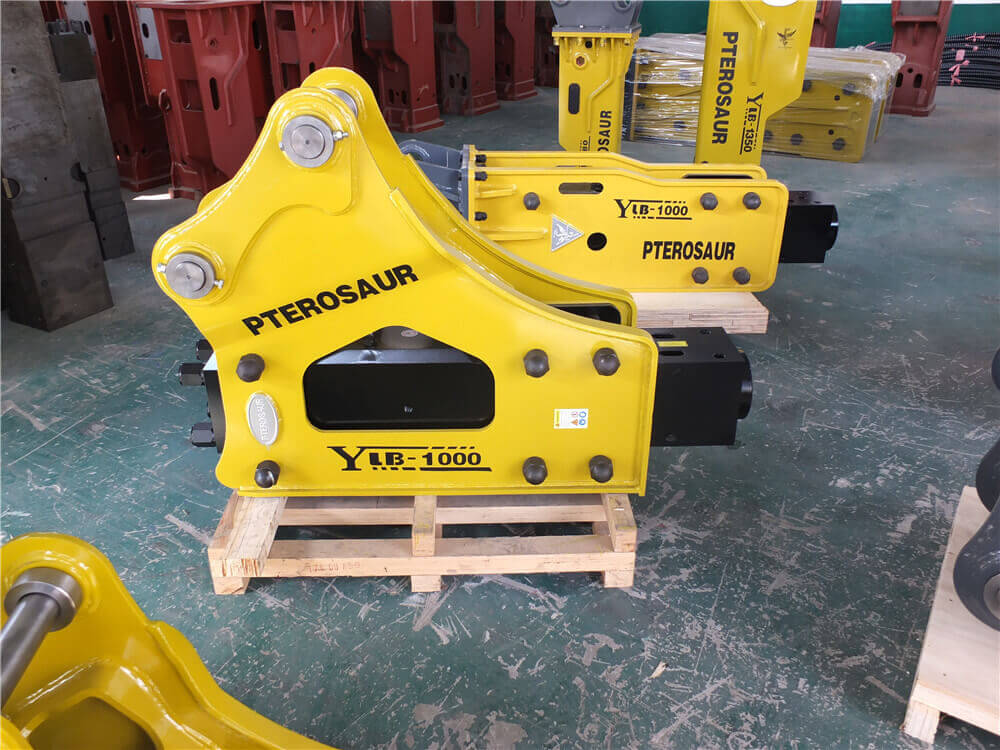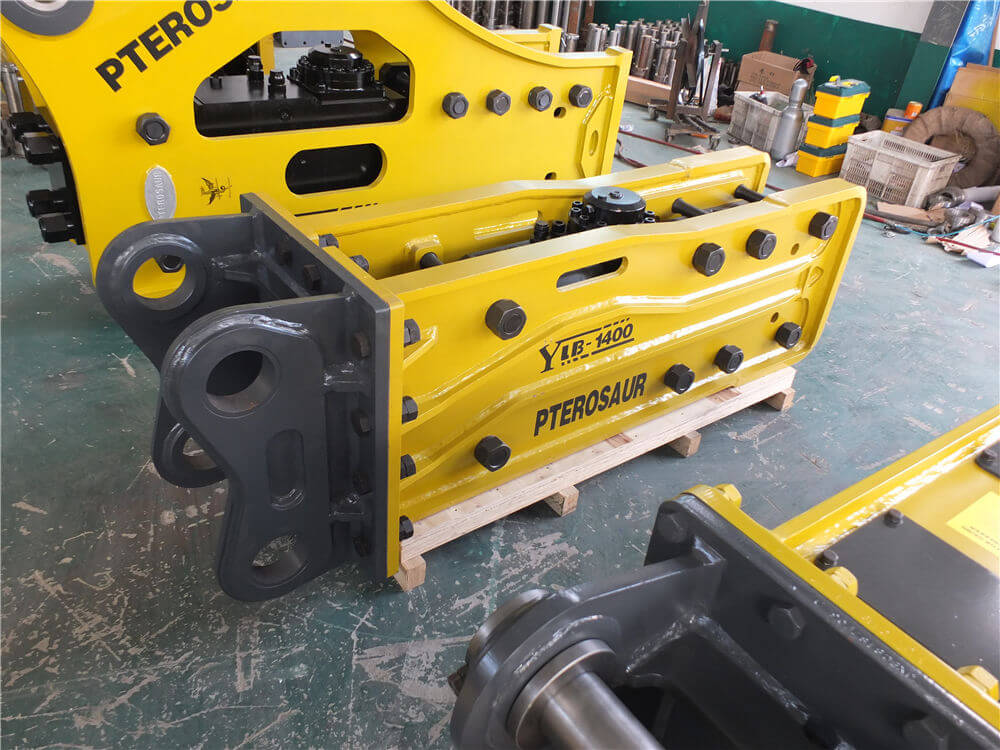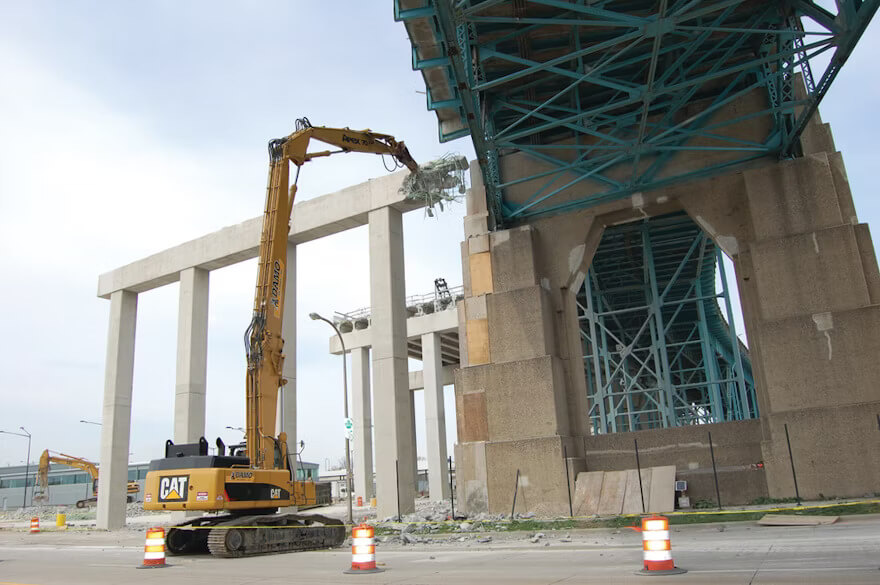Understanding Hydraulic Breaker Impact Energy: Importance and Measurement
Hydraulic breakers are powerful tools widely utilized in construction and demolition projects. Their primary function is to break through tough materials such as concrete and rock. One of the critical parameters that define the effectiveness of a hydraulic breaker is its impact energy. This article delves into the significance of impact energy, the mechanisms behind its measurement, and the implications for various applications.
What is Impact Energy?
Impact energy refers to the amount of energy that a hydraulic breaker can deliver with each blow. This measurement is vital as it indicates the force that the breaker can exert on the material it is tasked to fragment. The impact energy is expressed in joules (J) and plays a crucial role in determining the efficiency of the hydraulic breaker during operations involving the destruction and disassembly of buildings, breaking road pavement, or quarrying rocks.
The Mechanics of Hydraulic Breakers
Hydraulic breakers convert hydraulic energy supplied by a positive displacement pump into mechanical energy. This process involves the rapid succession of short-duration blows with high force intensity, resulting in the fragmentation of materials. According to research, effective percussive breaking is achieved when the breaker delivers high-impact energy to the working tool, the part that makes direct contact with the material.
Measurement of Impact Energy
The measurement of impact energy is an important aspect of hydraulic breaker design and performance evaluation. Various studies have developed test systems designed to quantify the impact energy delivered by hydraulic breakers. For instance, a typical test system consists of hydraulic cylinders to mount the breaker, an impact-absorbing base, and frames designed to capture and analyze the data.
In 2006, a study highlighted the development of such a test system which provided quantitative estimates of the impact loads delivered to the housing of a hydraulic breaker. This research emphasized the importance of accurate measurements, as they directly correlate with the capabilities and reliability of the equipment in real-world applications.
Factors Affecting Impact Energy
Several factors influence the impact energy of hydraulic breakers, including design specifications, operational conditions, and maintenance practices. For example, the integration of nitrogen piston accumulators can enhance the consistency of impact energy delivery, providing smoother operation and safer start-ups. Additionally, advancements in hybrid technology have been shown to improve the performance and efficiency of hydraulic breakers.
Conclusion
In conclusion, understanding hydraulic breaker impact energy is crucial for construction and demolition professionals seeking to optimize their operations. As the industry evolves, the emphasis on measuring and maximizing impact energy will remain paramount. By utilizing advanced measurement techniques and innovative designs, manufacturers can ensure that hydraulic breakers meet the demanding needs of various applications, from road construction to large-scale demolition projects. As we continue to explore the capabilities of hydraulic breakers, the importance of impact energy measurement will undoubtedly play a significant role in shaping the future of construction machinery.




































